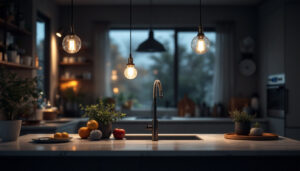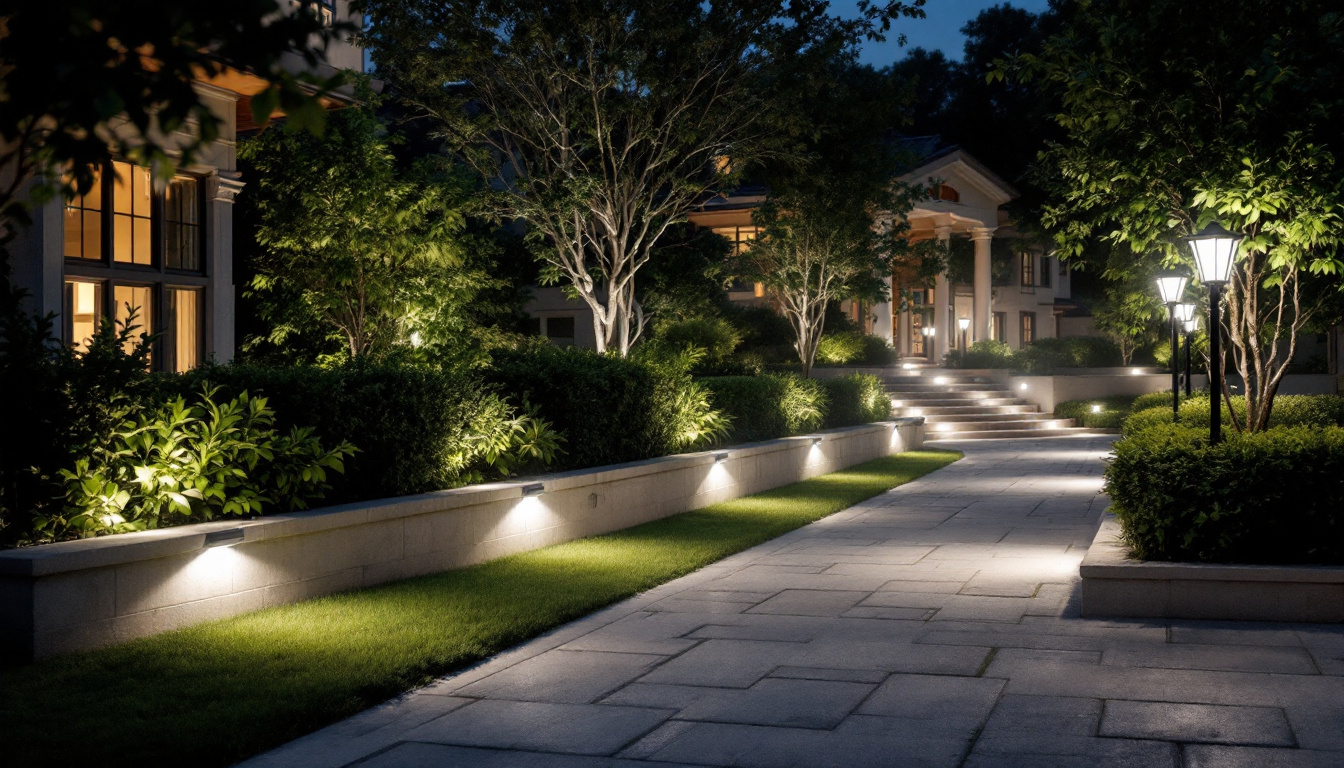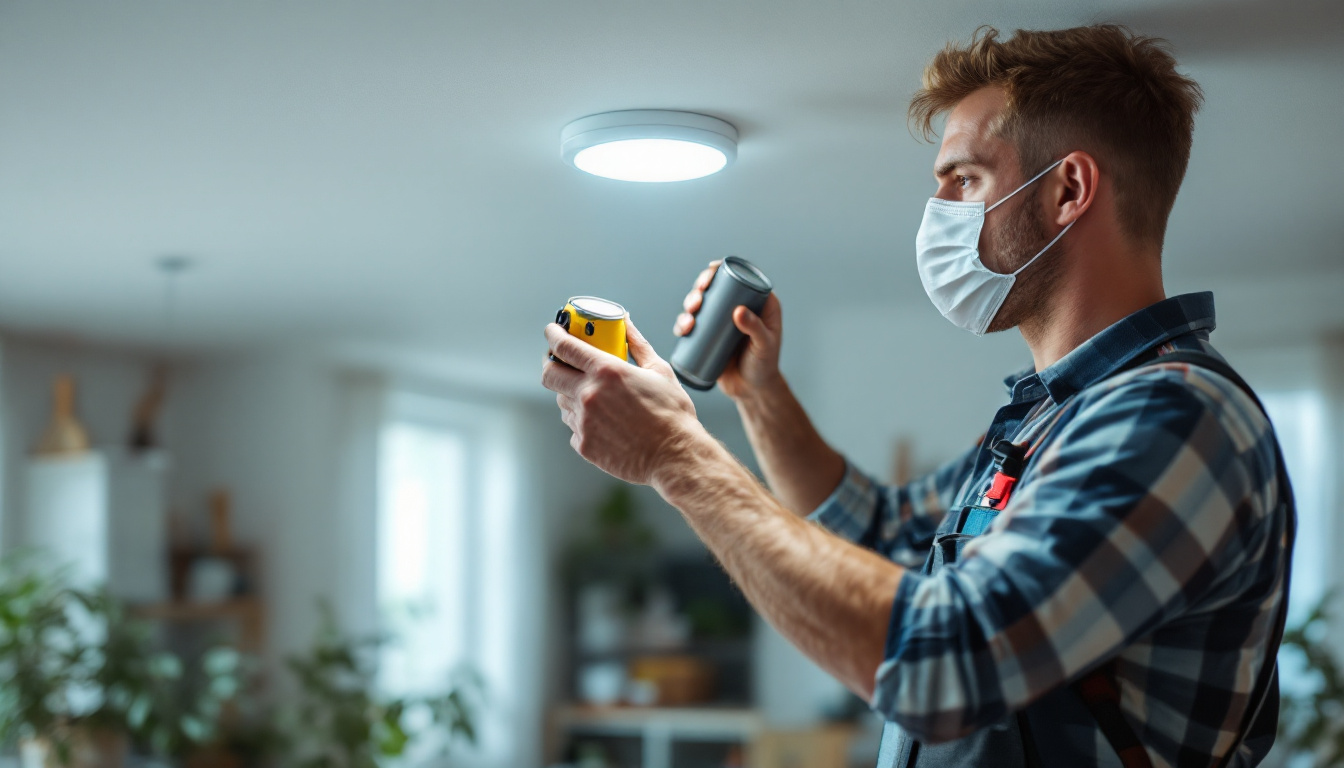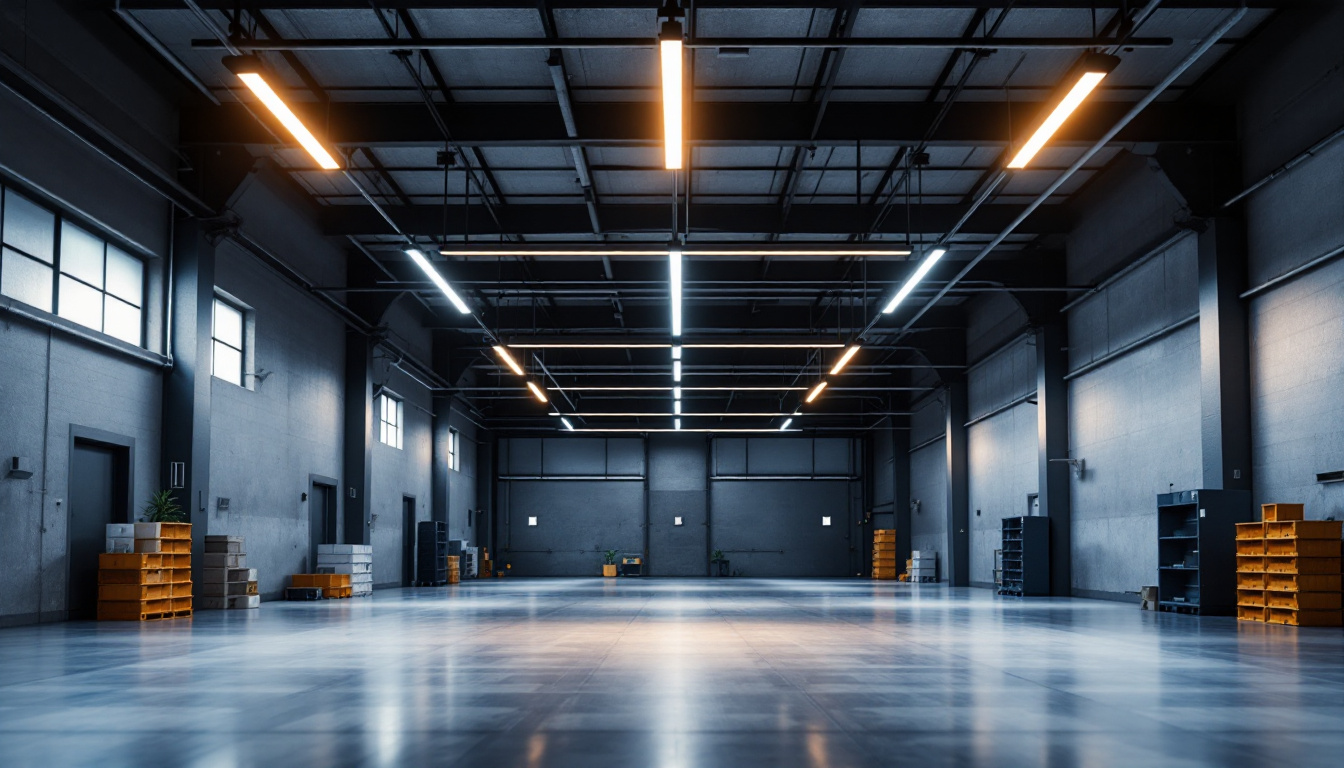

As outdoor lighting continues to evolve, exterior flood lights have become an essential component for both residential and commercial properties. They provide safety, security, and aesthetic appeal, making them a popular choice among homeowners and business owners alike. For lighting contractors, understanding the nuances of flood lighting is crucial to delivering quality installations that meet client expectations. This guide aims to provide insights into the various aspects of exterior flood lights, from types and applications to installation techniques and maintenance.
Exterior flood lights are versatile lighting fixtures designed to illuminate large areas. They are typically mounted on walls, poles, or ceilings and can be adjusted to direct light where it is needed most. These lights are available in a variety of styles, sizes, and technologies, making them suitable for different applications.
Flood lights come in several types, each with its own unique features and benefits. The most common types include LED, halogen, and metal halide flood lights. Understanding these options is essential for selecting the right type for a specific project.
LED flood lights are increasingly popular due to their energy efficiency and long lifespan. They consume significantly less power than traditional lighting options while providing bright, high-quality illumination. Halogen flood lights offer a warm light and are often used in residential settings, though they are less energy-efficient. Metal halide lights are typically used in commercial applications, providing a high lumen output but requiring longer warm-up times.
Flood lights can be utilized in a variety of settings, making them a versatile choice for contractors. Common applications include illuminating parking lots, sports fields, building facades, and outdoor event spaces. They can also enhance security by deterring potential intruders through strategic placement around property perimeters.
In residential applications, flood lights are often used to highlight landscaping features, provide safety along walkways, and light up outdoor living spaces. Understanding the specific needs of each project will help contractors determine the best placement and type of flood light to use.
Moreover, flood lights can play a crucial role in enhancing the aesthetic appeal of a property. By strategically positioning these lights, homeowners can create dramatic effects that accentuate architectural details or highlight beautiful garden features during the evening hours. For example, uplighting can be used to cast a soft glow on trees or sculptures, while downlighting can illuminate pathways and patios, ensuring safety without sacrificing beauty. Additionally, many modern flood lights come equipped with smart technology, allowing users to control brightness and schedules through mobile apps, adding convenience and flexibility to outdoor lighting solutions.
Another important consideration when selecting flood lights is their durability and weather resistance. Many exterior flood lights are designed to withstand harsh weather conditions, including rain, snow, and extreme temperatures. This is particularly important for installations in areas prone to severe weather, where lights must maintain functionality and performance year-round. Features such as corrosion-resistant materials and impact-resistant lenses can significantly extend the lifespan of flood lights, making them a worthwhile investment for both residential and commercial properties.
Selecting the appropriate flood light involves considering several factors, including brightness, beam angle, color temperature, and energy efficiency. Each of these elements plays a critical role in achieving the desired lighting effect and overall functionality.
Brightness is measured in lumens, and understanding how to calculate the required lumens for a specific area is vital. The brightness needed will vary depending on the application; for example, a parking lot may require higher lumens than a residential garden. A general rule of thumb is to aim for 20 lumens per square foot for general outdoor lighting, but this can vary based on the specific needs of the space.
Contractors should also consider the distance between flood lights to ensure even illumination. Spacing them too far apart can create dark spots, while placing them too close may result in excessive brightness in certain areas.
The beam angle of a flood light determines how wide the light spreads. A narrow beam angle is ideal for focused lighting on specific features, such as sculptures or architectural details, while a wider beam angle is better for general area illumination. Understanding the purpose of the lighting will help contractors choose the right beam angle for each project.
For instance, a 30-degree beam angle may be suitable for highlighting a tree, while a 120-degree beam angle would be more appropriate for lighting up a large patio area. Contractors should assess the layout and intended use of the space to make informed decisions.
Proper installation of flood lights is crucial for both performance and safety. A well-executed installation ensures that the lights function effectively while minimizing the risk of accidents or damage. This section outlines key considerations for contractors during the installation process.
Before installation, a thorough site assessment is essential. Contractors should evaluate the area where the flood lights will be installed, taking note of existing structures, landscaping, and potential obstacles. This assessment will help determine the optimal placement of the lights to achieve the desired illumination.
Additionally, it is important to consider local regulations and zoning laws regarding outdoor lighting. Some areas may have restrictions on light pollution or specific requirements for light placement, which contractors must adhere to during installation.
Flood lights can be mounted in various ways, including wall-mounted, pole-mounted, or ground-mounted configurations. The choice of mounting option will depend on the specific application and the desired lighting effect. Wall-mounted flood lights are commonly used for building facades, while pole-mounted lights are ideal for parking lots and sports fields.
When installing flood lights, it is crucial to ensure that they are securely mounted and positioned at the correct angle. This may require the use of brackets or adjustable mounts to achieve the desired direction of light. Contractors should also consider the height of the installation, as higher placements can provide broader coverage but may require specialized equipment for installation.
Electrical considerations are a critical aspect of flood light installation. Proper wiring is essential to ensure that the lights operate safely and efficiently. Contractors should be familiar with local electrical codes and regulations to avoid potential issues during installation.
Before installation, contractors must calculate the electrical load to ensure that the circuit can handle the power requirements of the flood lights. This involves determining the total wattage of all lights and ensuring that the circuit is not overloaded. Overloading can lead to tripped breakers or even electrical fires, making this step crucial for safety.
In addition to load calculations, contractors should also consider the type of wiring used. Outdoor-rated wiring is essential for flood light installations, as it is designed to withstand exposure to the elements. Properly sealing connections and using waterproof junction boxes can further enhance the longevity and safety of the installation.
As technology advances, many contractors are now integrating smart technology into their flood light installations. Smart flood lights can be controlled remotely via smartphone apps, allowing users to adjust brightness, set schedules, and even change color temperatures. This added convenience can enhance the functionality of outdoor lighting, making it more appealing to clients.
When incorporating smart technology, contractors should ensure that the flood lights are compatible with the chosen smart system. Additionally, proper installation of smart devices is essential to avoid connectivity issues and ensure reliable performance.
Regular maintenance is key to ensuring the longevity and effectiveness of flood lights. Contractors should educate clients on the importance of routine checks and provide guidance on how to perform basic maintenance tasks.
Routine inspections should include checking for any physical damage to the flood lights, ensuring that the lenses are clean, and verifying that the electrical connections are secure. Dust, dirt, and debris can accumulate over time, diminishing the light output and overall effectiveness. Regular cleaning can help maintain optimal performance.
Additionally, contractors should encourage clients to monitor the performance of the lights. If any lights flicker or fail to illuminate, it may indicate a wiring issue or a need for bulb replacement. Promptly addressing these issues can prevent further complications and ensure that the lighting remains functional.
As technology evolves, older flood lights may become less efficient or outdated. Contractors should be prepared to recommend upgrades to clients when necessary. This may involve replacing halogen lights with more energy-efficient LED options or integrating smart technology for enhanced functionality.
When replacing flood lights, it is important to consider the specific needs of the space. Upgrading to higher lumen output or adjusting the beam angle may be necessary to achieve the desired lighting effect. Contractors should assess the area and provide tailored recommendations to ensure client satisfaction.
Exterior flood lights play a vital role in enhancing safety, security, and aesthetics for outdoor spaces. For lighting contractors, understanding the various types, applications, and installation techniques is essential to delivering high-quality services. By considering factors such as brightness, beam angle, and smart technology integration, contractors can ensure that they meet the diverse needs of their clients.
Regular maintenance and troubleshooting are equally important for the longevity and effectiveness of flood lights. By educating clients on proper care and offering upgrade recommendations, contractors can foster long-term relationships and ensure that their clients enjoy the benefits of effective outdoor lighting for years to come.
Ready to elevate your lighting projects with the best in exterior flood lights? Look no further than LumenWholesale, where we provide lighting contractors with superior, spec-grade lighting solutions at unbeatable wholesale prices. Our commitment to quality and affordability means you can access a wide range of high-performance lighting options designed to meet the highest industry standards. Plus, with the convenience of free shipping on bulk orders, you can save more and worry less. Don’t compromise on quality or value—choose LumenWholesale for Wholesale Lighting at the Best Value and light up your projects with confidence.

Discover essential tips and strategies for lighting contractors to prevent common pitfalls when installing light post bases.

Discover the step-by-step process of converting canned lights to recessed lights and gain a competitive edge in securing more lighting contracts.

Discover why UFO LED lamps are revolutionizing the lighting industry for contractors.

Explore the rising significance of linear high bay lights in the lighting industry.
Get notified when NEW deals are released.
Optimize your budget with wholesale discounts.
Only top-quality, specification-grade lighting products.
No additional costs at checkout - what you see is what you pay.
We understand the unique needs of contractors.